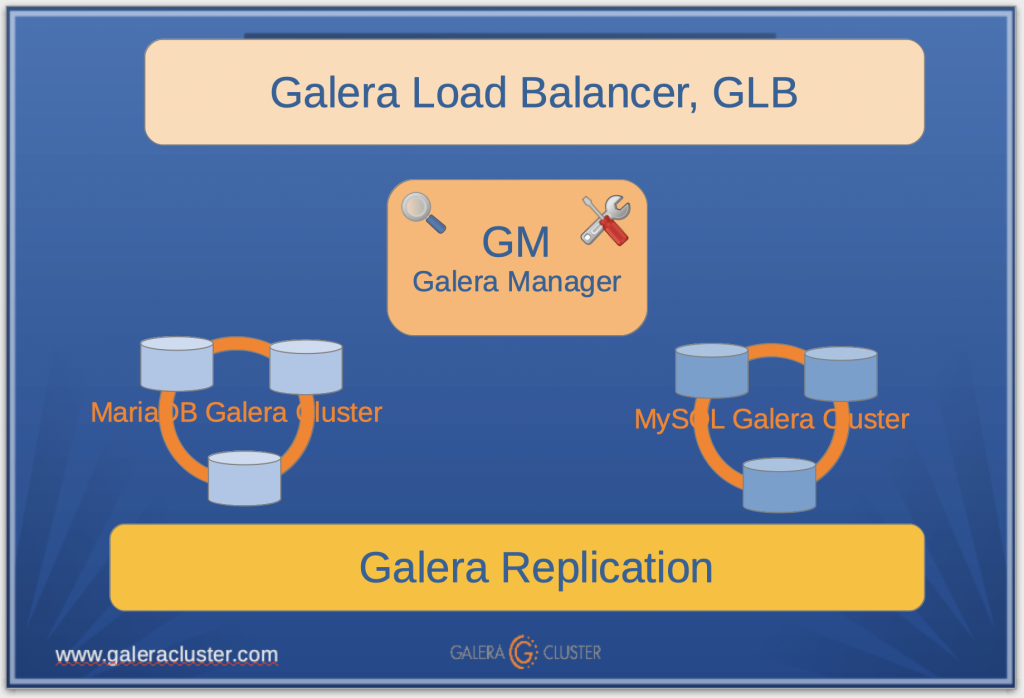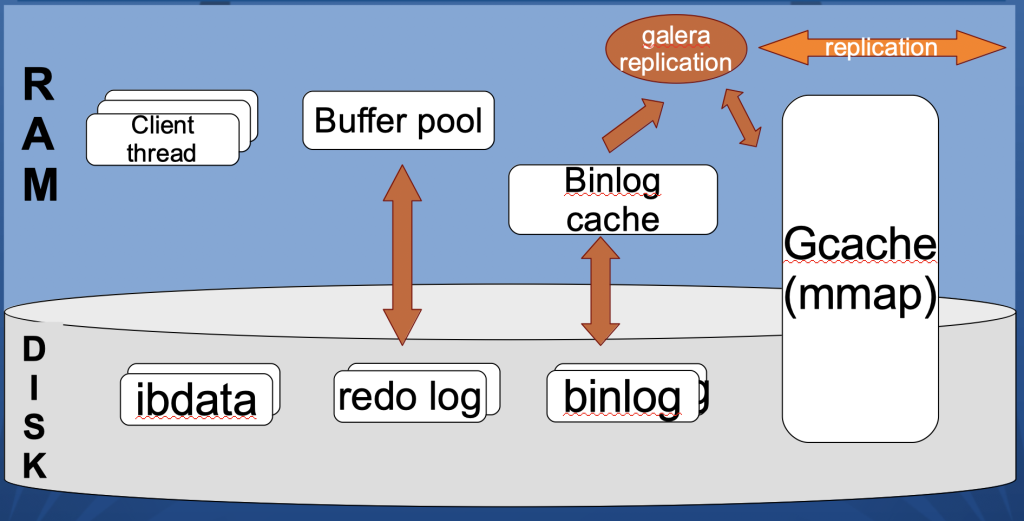We descended to Austin, Texas, to have a booth, and several talks and tutorials by Seppo Jaakola and Colin Charles, at Percona Live Austin 2022 (what a gap since the last in-person event we had was in 2019!). Present was also GUI developer of Galera Manager, Mihael Lenic and sales extraordinaire, Larissa Urse. Rather than a summary of what transpired, we’d like to focus on the Galera Cluster State of the Union – a talk that should have been very well attended, considering we are developing and moving Galera Cluster development forward across MySQL and also MariaDB Server. As a gentle reminder, Galera Cluster powers MariaDB Galera Cluster and also Percona XtraDB Cluster (PXC), so it has a huge combined userbase, especially since it is robust technology that has been around for over fifteen years.
If you’re more inclined to watch a video stream of Seppo’s talk State of the Art presentation about recent Galera Cluster, Galera Manager and Galera Load Balancer development and future roadmap you can watch it here. The reason for this current blog post as well is that now you can watch every Percona Live session on demand.
Maybe one of the most important announcements that we made during the event was that we decided to launch a complete platform in the form of Galera Cluster Enterprise Edition. This includes:
- Galera Load Balancer
- Galera Manager, to help you deploy, manage and monitor your Galera Clusters (we support various versions of MySQL and MariaDB Server and many Linux distributions)
- Galera Cluster with additional features like GCache encryption, Non-Blocking Operations (NBO) for an online scheme upgrade, and XA transaction support within your Galera Cluster
- Our excellent 24/7 support offering
So what can Galera Manager do for you, out of the box? It will create an SSL certificate for your web graphical interface, presuming you have a domain (this doesn’t work for IP addresses, and you’ll be relegated to just http:// as opposed to https:// with HTTPS). It also then uses SSL/TLS to create the Galera Cluster for you and all traffic is encrypted. If you happen to use MySQL 8, you benefit from CLONE SST. Otherwise, Galera Manager makes use of other available methods. All this is fully managed (on either Amazon Web Services or DigitalOcean), you have monitoring, and of course, you can also use your own hosts. You can also choose to just let it monitor your clusters (without any management) – this is why Galera Manager is truly a monitoring and management solution all-in-one. Download Galera Manager.
What is Galera Load Balancer? This is a project that has been around for a long time, that is finally being productised. We affectionately refer to it as GLB as well. It is not a proxy, but is a high throughput TCP/IP level 4 based load balancer. Basically your application servers will connect to a GLB instance, which then sends traffic to one of the three nodes in your Galera Cluster. You can also have more than one Galera Load Balancer (GLB), because who would want that to be the single point of failure, in your High Availability offering? To get binaries for Galera Load Balancer contact us.
It is no secret that Codership works very tightly with the MariaDB Server engineering teams to ensure that MariaDB Galera Cluster is a top notch product. The release cycle is speeding up, and MariaDB Server 10.7 is the most recent supported release, while 10.8 has entered Release Candidate status while work for 10.9 and 10.10 is ongoing (accurate during the talk, however, it is worth noting as of publishing date, MariaDB Server 10.8.3 was released 20 May 2022 and is a short term release, which is now also GA).
Galera Cluster for MySQL is merged from MySQL 5.7 and 8.0, patched with the wsrep replication API support and packaged with the Galera plugin. Naturally, since MariaDB Server gets features first, these features are ported to MySQL. However, there are some direct MySQL Galera Cluster only features: if there is no feature in MariaDB Server, when there is XtraBackup SST used (MariaBackup is the preferred solution for MariaDB Server) and also the new CLONE SST plugin.
Where has Galera Cluster development taken us? We have GTID compatibility with MariaDB Server (storing and showing only MariaDB Server formatted GTIDs). We have wsrep_mode configuration (to enable and disable features within the cluster). In Galera Cluster Enterprise Edition (EE) we have Gcache encryption (transparent data encryption, TDE, which is data-at-rest encryption), we have non-blocking DDL operations, via wsrep_osu_method=NBO, XA transaction support, and Blackbox rounding off the Galera Cluster Enterprise Edition (EE) features, while we also have the cluster error voting protocol, a node allowlist, JSON file progress reporting, CLONE SST as mentioned earlier, and also the SPIDER cluster (this is very much MariaDB Server focused, since the storage engine is present there). Some of these features require separate postings, so expect them to come in series.
As a reminder, you can watch every Percona Live session on demand.
Happy Galera Clustering!

